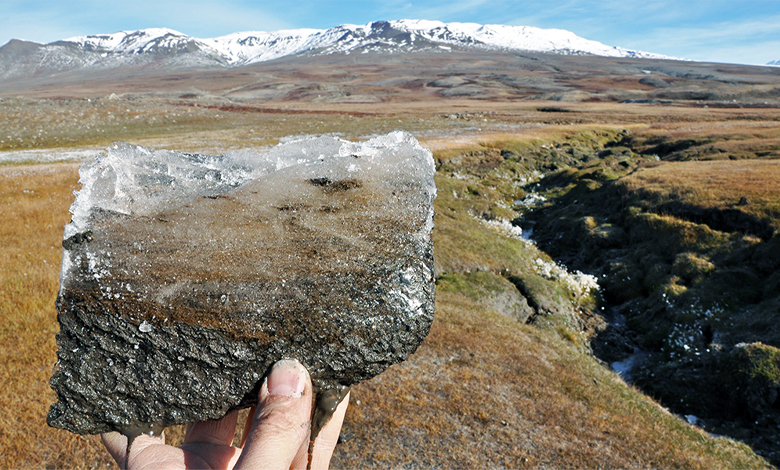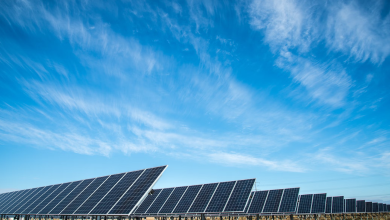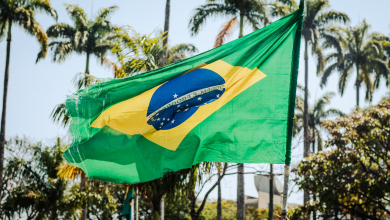Arctic Thaw: Ancient Permafrost, Modern Worries

In a striking revelation, scientists have discovered that the Arctic permafrost, dating back a millennium, is gradually thawing. This unearthing has sparked concerns among researchers who contemplate the potential consequences of what lies dormant in the frozen landscape. The age-old permafrost, now exposed to warming temperatures, prompts questions about the release of ancient pathogens and its implications for the delicate ecological balance.
A Thousand-Year Journey Unveiled: Arctic Permafrost Thaw
The Arctic, known for its vast expanses of permafrost, has become a focal point of scientific inquiry as it undergoes a transformation centuries in the making. The ancient permafrost, estimated to be around 1,000 years old, is thawing at an accelerated rate, unveiling a trove of secrets embedded in its icy layers.
Scientists on Edge: Unleashing Dormant Pathogens
As the permafrost gives way to warming temperatures, scientists are on edge about the potential release of ancient pathogens that have been preserved in suspended animation for centuries. The fear revolves around the unknown microbial entities that may be reactivated as the Arctic landscape transforms, posing potential risks to both the environment and human health.
Read More: Environment Canada Issues Rainfall Warning for HRM on Saturday
The ecological ramifications of thawing permafrost are vast and largely uncharted. The release of ancient pathogens could disrupt the delicate balance of Arctic ecosystems, affecting wildlife and potentially migrating to more populated regions. The interconnected nature of global ecosystems makes the consequences of permafrost thaw a matter of international concern.
Climate Change Amplifies the Thawing Process
While the thawing of permafrost is a natural process, climate change has accelerated this phenomenon. Rising temperatures, attributed to anthropogenic factors, contribute to the increased thawing rate. This intersection of natural processes and human-induced climate change adds urgency to the need for a deeper understanding of the potential risks associated with thawing permafrost.
Scientific Research Initiatives and Global Collaboration
The revelation of ancient permafrost thaw has spurred scientific inquiry and research initiatives aimed at unraveling the mysteries held within the Arctic landscape. Understanding the microbial life encapsulated in the permafrost is crucial for predicting and mitigating potential risks associated with its thawing.
The thawing of ancient permafrost underscores the importance of global collaboration in preserving the Arctic environment. Efforts to mitigate climate change and protect vulnerable ecosystems require coordinated action on an international scale. The potential consequences of thawing permafrost emphasize the interconnectedness of environmental challenges and the need for collective solutions.
Conclusion: Navigating the Unknowns of Arctic Thaw
As the Arctic permafrost, with its 1,000-year-old secrets, undergoes a thawing process, scientists grapple with the unknowns it may unleash. The delicate balance between natural processes, climate change, and potential ecological disruptions demands a proactive approach to understanding and addressing the consequences of this age-old transformation. The revelations from the Arctic permafrost thaw serve as a poignant reminder of the intricate interplay between the Earth’s past and its uncertain future.



